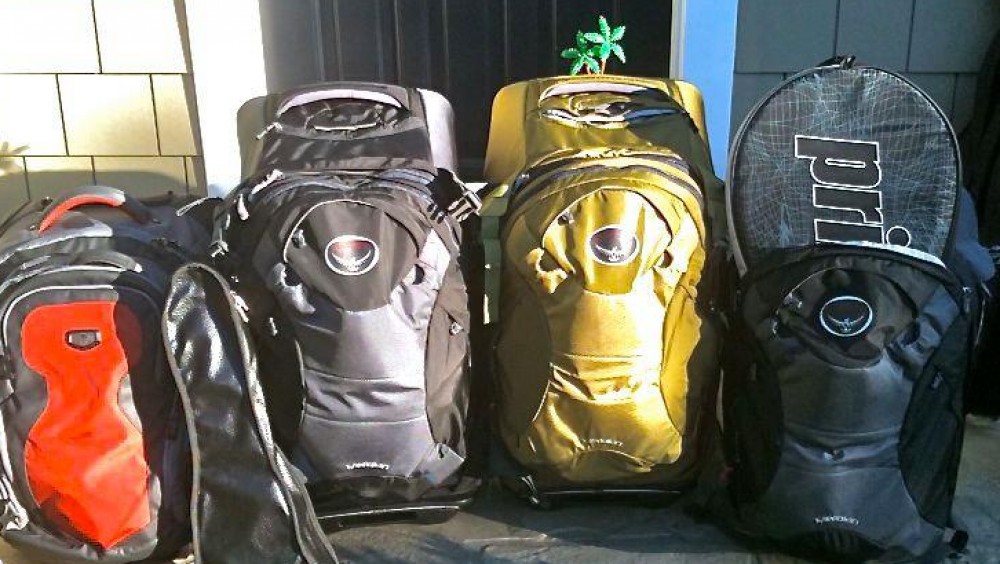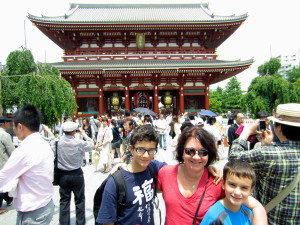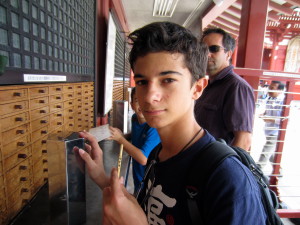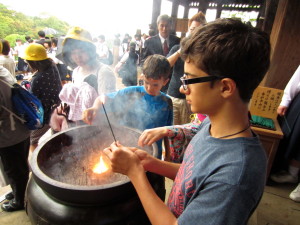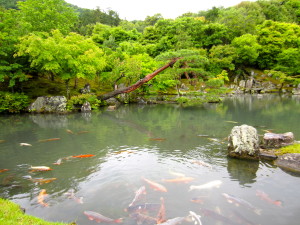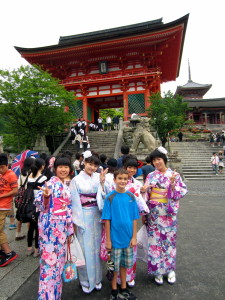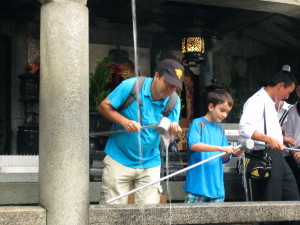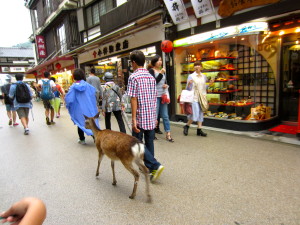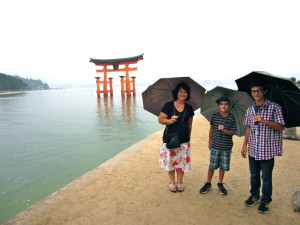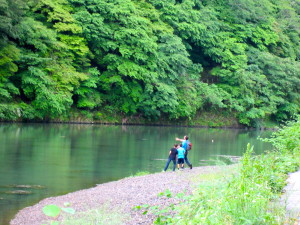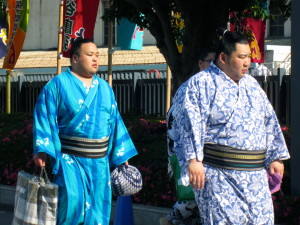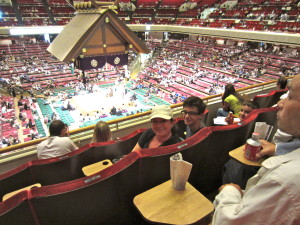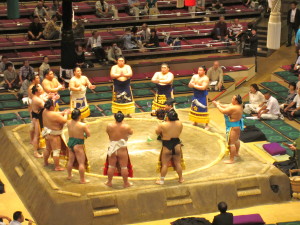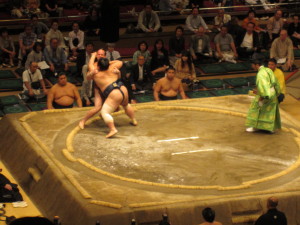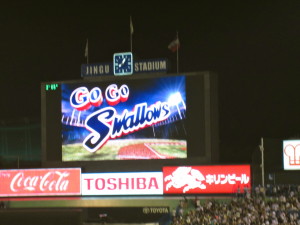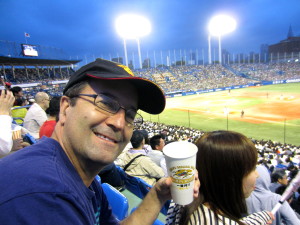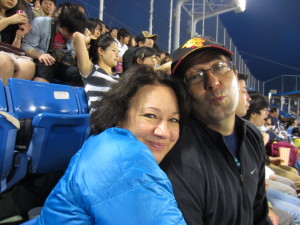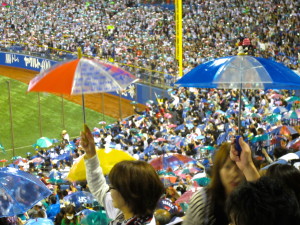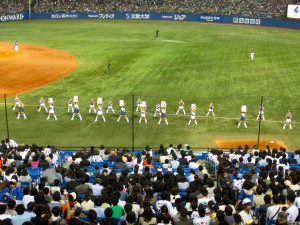We spent our last week outside the States travelling on a Japan Rail pass. It is quite surprising to me that this was the most time we spent travelling on trains during the entire trip. Before this week, we had only taken 3 long distance train rides – Stroud to London 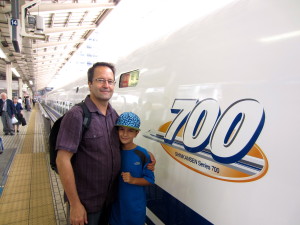 after our stay in the Cotswolds, and twice on the Eurostar chunnel train between London and Paris. Cars and planes have been our preferred mode of travel. Our reason for choosing the Japan Rail pass to travel in Japan was a simple choice. First, I had no desire to try and drive in Japan. Signs in Japanese, driving on the other side of the road like in the U.K., worrying about city driving and parking; this really made not driving a no-brainer. The other no-brainer for deciding was the legendary quality of the Japanese rail system – fast, efficient, extensive. When we began planning what we wanted to see outside of Tokyo, we only focused on Kyoto and Hiroshima. It was only to be a week, and we did not want to be moving around too much and, after all, Kyoto alone had enough to offer for a week’s stay. Hiroshima offered an incomparable educational opportunity about WWII, the
after our stay in the Cotswolds, and twice on the Eurostar chunnel train between London and Paris. Cars and planes have been our preferred mode of travel. Our reason for choosing the Japan Rail pass to travel in Japan was a simple choice. First, I had no desire to try and drive in Japan. Signs in Japanese, driving on the other side of the road like in the U.K., worrying about city driving and parking; this really made not driving a no-brainer. The other no-brainer for deciding was the legendary quality of the Japanese rail system – fast, efficient, extensive. When we began planning what we wanted to see outside of Tokyo, we only focused on Kyoto and Hiroshima. It was only to be a week, and we did not want to be moving around too much and, after all, Kyoto alone had enough to offer for a week’s stay. Hiroshima offered an incomparable educational opportunity about WWII, the 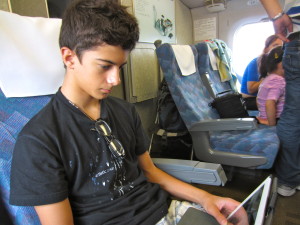 atomic bomb, and human resiliency. We estimated that even with the limited travel of Tokyo-Kyoto-Hiroshima-Tokyo, the Japan Rail pass would be cheaper than buying individual tickets. A week ticket for all of us, Justin being half price, cost exactly $1,000. We were loving Abenomics. The 103 yen to the dollar exchange rate was going to make our trip unexpectedly affordable, especially when compared to the prices in the Eurozone.
atomic bomb, and human resiliency. We estimated that even with the limited travel of Tokyo-Kyoto-Hiroshima-Tokyo, the Japan Rail pass would be cheaper than buying individual tickets. A week ticket for all of us, Justin being half price, cost exactly $1,000. We were loving Abenomics. The 103 yen to the dollar exchange rate was going to make our trip unexpectedly affordable, especially when compared to the prices in the Eurozone.
You have to buy Japan Rail tickets outside the country, and then Japan Rail sends you vouchers by mail that you redeem at a Japan Rail tourist office once inside the country. We ordered the tickets online when we were in Singapore, but had done this just before  leaving for China. We had not done our homework on the second part of the process. Shades of our China visas again. We nixed the idea of sending the ticket vouchers to the Beijing hotel we were going to be staying at. What if they did not arrive, or the hotel staff simply misplaced the letter? Once again, our at-the-last-minute planning was causing us trouble, but as before the problem was manageable and we quickly found a solution. After reading the finer print of the instructions for the vouchers, we found we could have them mailed to a Japanese address. Gigi sent a quick e-mail to the owners of the apartment we would be staying asking if they would receive the letter with the passes for us, and they agreed. Even then, we still had some problems with the passes.
leaving for China. We had not done our homework on the second part of the process. Shades of our China visas again. We nixed the idea of sending the ticket vouchers to the Beijing hotel we were going to be staying at. What if they did not arrive, or the hotel staff simply misplaced the letter? Once again, our at-the-last-minute planning was causing us trouble, but as before the problem was manageable and we quickly found a solution. After reading the finer print of the instructions for the vouchers, we found we could have them mailed to a Japanese address. Gigi sent a quick e-mail to the owners of the apartment we would be staying asking if they would receive the letter with the passes for us, and they agreed. Even then, we still had some problems with the passes. 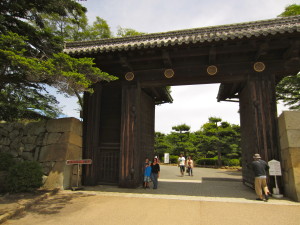 The Japanese way of addressing letters is, well, foreign to us, and in China we received and e-mail from Japan Rail that the letter could not be delivered. Another round of e-mails between Japan Rail and the apartment owners finally cleared the address obstacle. Our vouchers were waiting for us in Tokyo.
The Japanese way of addressing letters is, well, foreign to us, and in China we received and e-mail from Japan Rail that the letter could not be delivered. Another round of e-mails between Japan Rail and the apartment owners finally cleared the address obstacle. Our vouchers were waiting for us in Tokyo.
Google Maps became our Japan Rail travel agent. It is amazing that all the train timetables are loaded into this tool. Any problems we did have were user generated. The first trip from Tokyo to Kyoto went smoothly because we had made seat reservations when we turned in our vouchers for the actual rail tickets. Our only hiccup the entire week came with our trip from Kyoto to Hiroshima. We were going to try out riding in non-reserved cars. I did not – once again – pay attention to the finer print that the rail passes 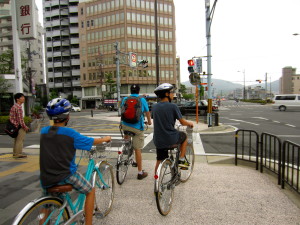 were not valid on Nozomi and Mizuho Shinkansen trains. My google maps travel agent gave me a Nozomi train for the trip, and when we arrived at the train station at the very last minute to jump on this train we were stopped by the conductor. We were out of breath and confused, but the conductor directed us to another track saying we would go to Shin Osaka and change trains there. OK, can do. The train left minutes later. Then, in Shin Osaka, when we got off the train and asked an agent for the train to Kyoto, he checked the time table and told us we had 3 minutes to catch the next train on a different track. Another mad dash through a train station ensued, and we made it into the train just as the doors were closing. After that day, we booked reserved seats in advance
were not valid on Nozomi and Mizuho Shinkansen trains. My google maps travel agent gave me a Nozomi train for the trip, and when we arrived at the train station at the very last minute to jump on this train we were stopped by the conductor. We were out of breath and confused, but the conductor directed us to another track saying we would go to Shin Osaka and change trains there. OK, can do. The train left minutes later. Then, in Shin Osaka, when we got off the train and asked an agent for the train to Kyoto, he checked the time table and told us we had 3 minutes to catch the next train on a different track. Another mad dash through a train station ensued, and we made it into the train just as the doors were closing. After that day, we booked reserved seats in advance 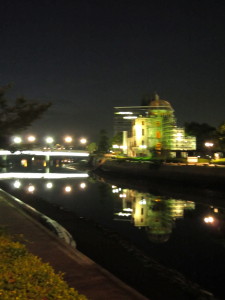 for the rest of our train rides.
for the rest of our train rides.
Before we even began our train journey, I began plotting how to get our money’s worth from the train passes. We ended up adding 3 new destinations to the original Tokyo-Kyoto-Hiroshima-Tokyo itinerary.
A ‘must see if you have kids travelling with you,’ recommendation from the Lonely Planet guide was to visit the Osaka Aquarium. Osaka is only 28 minutes from Kyoto on a rapid train. The whole trip door-to-aquarium took a little over one hour, but involved two JR trains, two subway trains and maybe 15 minutes of walking. Then, on the way home we decided to take another JR train out to the town of Arashyama on the west side of Kyoto. That trip took about 15 minutes from the Kyoto station. In one day, we had used our JR passes on 6 trains. That day is memorable because at the aquarium we saw a whale shark in the gigantic central tank, something that is very rare indeed in the world of aquariums. We live close to the Monterey Bay and San Francisco Steinhart aquariums, 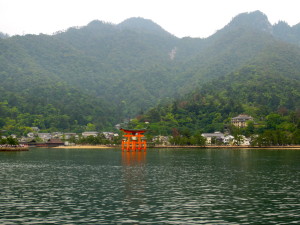 and visit these aquariums yearly. The whale shark rates up there with the Great White Shark that was in the Monterey Bay Aquarium and the albino alligator at the Steinhart Aquarium.
and visit these aquariums yearly. The whale shark rates up there with the Great White Shark that was in the Monterey Bay Aquarium and the albino alligator at the Steinhart Aquarium.
Our second added destination on the trip was to Miyajima Island. You can get to this island from Hiroshima station by taking a local train, then transferring to a JR ferry for a short ride to the Island. The ferry ride itself was worth the trip. The crossing took about 15 minutes. The ferry glides across a glassy waterway in the Inland Sea past floating oyster beds. 400-meter high mountains rise up from the land. That day was rainy with low, grey skies. The boys made the comment that the time and place reminded them of the fjord 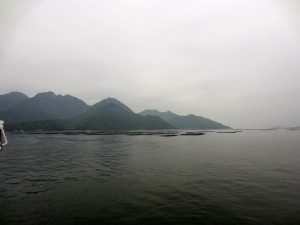 ride out of Geiranger, Norway. Funny, but true. The weather, water and land, and colors really did offer striking similarities. The ferry also makes a point of cruising past the famous floating torii gate that is the iconic image of Miyajima. We were passing it right at high tide, which is the perfect viewing time. We had tallied an additional two train rides and two ferry rides to our JR passes.
ride out of Geiranger, Norway. Funny, but true. The weather, water and land, and colors really did offer striking similarities. The ferry also makes a point of cruising past the famous floating torii gate that is the iconic image of Miyajima. We were passing it right at high tide, which is the perfect viewing time. We had tallied an additional two train rides and two ferry rides to our JR passes.
Our third and final added itinerary item proved to be our most ambitious, travel-wise. If we had stuck to the original travel plans, we would have simply returned along the same route that we had travelled south on, with no new sights seen.
We cut our stay in Hiroshima down to two days. I was trying to figure out how to see a 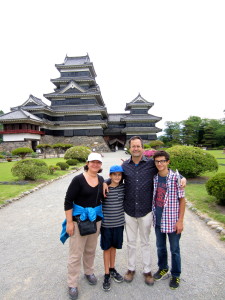 whole different region of Japan. Googling ‘beautiful train trips in Japan’ brought up discussion forums that promoted Shikoku Island and the northern part of Honshu. We only had two travel days, and I thought it would simply be too much train travelling to try and make it through these regions, then back to Narita airport. What seemed doable was to travel to the west coast of Honshu, then East across to Tokyo and Narita airport. I wanted to see the Japanese Alps on the trip across Honshu. The question was which town could we overnight at that would be interesting and compact enough for basically a half day visit. Kanazawa looked like the town to fit the bill, but instead a dark horse candidate won out: Matsumoto. Lonely Planet described it as a jumping off point for alpine hiking. It was a small town. It also had the oldest preserved castle in Japan and was rated one of the top four castles in the country. It was easy to reach from Hiroshima. Sold! We would be going to this town. We were not disappointed with the train ride. It followed valleys with fast flowing rivers and gave us views of mountains in the distance that still had snow on their two to three thousand meter peaks. The Matsumoto region is a grape and apple producing region, so we passed vineyards and orchards along with rice paddies.
whole different region of Japan. Googling ‘beautiful train trips in Japan’ brought up discussion forums that promoted Shikoku Island and the northern part of Honshu. We only had two travel days, and I thought it would simply be too much train travelling to try and make it through these regions, then back to Narita airport. What seemed doable was to travel to the west coast of Honshu, then East across to Tokyo and Narita airport. I wanted to see the Japanese Alps on the trip across Honshu. The question was which town could we overnight at that would be interesting and compact enough for basically a half day visit. Kanazawa looked like the town to fit the bill, but instead a dark horse candidate won out: Matsumoto. Lonely Planet described it as a jumping off point for alpine hiking. It was a small town. It also had the oldest preserved castle in Japan and was rated one of the top four castles in the country. It was easy to reach from Hiroshima. Sold! We would be going to this town. We were not disappointed with the train ride. It followed valleys with fast flowing rivers and gave us views of mountains in the distance that still had snow on their two to three thousand meter peaks. The Matsumoto region is a grape and apple producing region, so we passed vineyards and orchards along with rice paddies.
The next day, the Shinkansen out of Nagano took us back into the megalopolis of Tokyo, and the Narita Express out of Tokyo station took us to the airport. One last frenzy of travel before getting on the plane for Honolulu, and the States. After eleven months, our international travelling was at an end.
